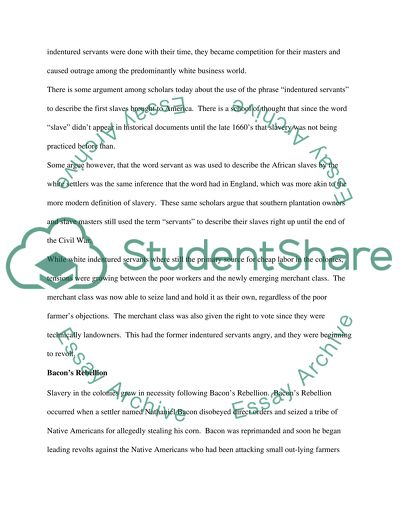Cite this document
(“History of Slavery in Colonial America Essay Example | Topics and Well Written Essays - 1750 words”, n.d.)
Retrieved from https://studentshare.org/history/1532503-history-of-slavery-in-colonial-america
Retrieved from https://studentshare.org/history/1532503-history-of-slavery-in-colonial-america
(History of Slavery in Colonial America Essay Example | Topics and Well Written Essays - 1750 Words)
https://studentshare.org/history/1532503-history-of-slavery-in-colonial-america.
https://studentshare.org/history/1532503-history-of-slavery-in-colonial-america.
“History of Slavery in Colonial America Essay Example | Topics and Well Written Essays - 1750 Words”, n.d. https://studentshare.org/history/1532503-history-of-slavery-in-colonial-america.


